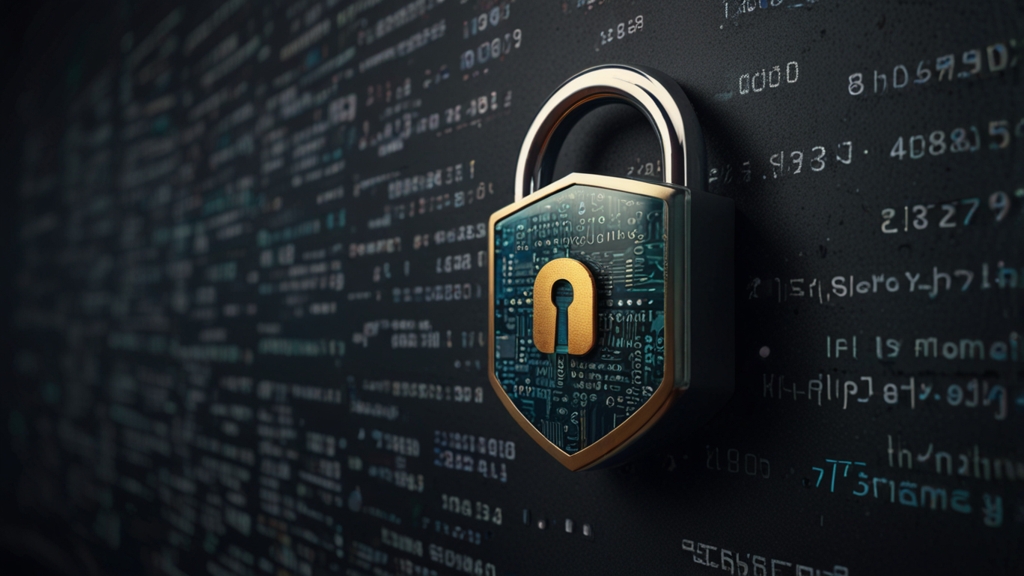Python in Cybersecurity: Protecting Our Digital World
In an era where digital threats are omnipresent, the role of cybersecurity has never been more crucial. Among the myriad of tools and technologies employed by cybersecurity professionals, Python stands out as a versatile and powerful programming language. This article explores the various ways Python is utilized in the cybersecurity domain to safeguard our digital landscapes.
Why Python?
Python has gained popularity in cybersecurity circles due to its simplicity, readability, and extensive library ecosystem. Its straightforward syntax allows even beginners to quickly grasp and deploy effective scripts, while its advanced features enable experienced developers to craft sophisticated security solutions. The versatility of Python, encompassing everything from web development to data analysis, makes it an indispensable tool for cybersecurity experts.
Automation and Scripting
One of Python's primary applications in cybersecurity is automation. Manual security tasks can be tedious, error-prone, and time-consuming. Python scripts can automate these processes, ensuring efficiency and accuracy. For instance, tasks such as network scanning, vulnerability assessment, and log analysis can be automated using Python scripts.
"Automating repetitive tasks with Python not only saves time but also enhances the accuracy of cybersecurity operations. It's a game-changer in incident response and threat management." - John Doe, Cybersecurity Analyst
Penetration Testing
Penetration testers, also known as ethical hackers, use Python extensively to simulate cyberattacks and identify vulnerabilities. Python’s libraries, such as Scapy for network traffic manipulation and Twisted for networking, empower testers to develop custom penetration testing tools. These tools can detect security flaws, test the robustness of systems, and ultimately help organizations fortify their defenses against real-world cyber threats.
Malware Analysis
Understanding and mitigating malware threats is a primary concern for cybersecurity professionals. Python aids in malware analysis by allowing experts to deconstruct malicious code and understand its behavior. Tools written in Python, such as Volatility for memory forensics and MASTIFF for file analysis, enable analysts to dissect malware, uncover its origin, and develop strategies to neutralize its impact.
"Python’s prowess in malware analysis cannot be overstated. It provides researchers with the means to delve into dangerous code safely and effectively, making it a cornerstone of modern cybersecurity practices." - Jane Smith, Malware Analyst
Network Security
Securing networks from intrusions is a critical component of cybersecurity. Python is extensively used to monitor network traffic, detect anomalies, and implement intrusion detection and prevention systems (IDPS). Libraries like PyShark for packet capturing and Nmap for network exploration facilitate comprehensive network security assessments. By leveraging Python, security teams can create dynamic and responsive defense mechanisms tailored to their specific network environments.
Data Analysis and Threat Intelligence
The proactive approach to cybersecurity involves predictive analysis and threat intelligence. Python excels in data analytics, providing cybersecurity professionals with the tools to analyze vast amounts of data for patterns indicative of potential threats. Libraries like Pandas for data manipulation and Matplotlib for visualization assist in turning raw data into actionable insights. By anticipating and identifying emerging threats, organizations can strengthen their cyber defenses before attacks occur.
"The ability to analyze and visualize data swiftly with Python gives us a significant advantage in threat detection and prevention, allowing us to stay one step ahead of cyber adversaries." - Michael Brown, Threat Intelligence Specialist
Conclusion
Python’s integration into the world of cybersecurity is transformative, offering a blend of simplicity and power that drives innovation and efficiency. From automating routine tasks to unearthing sophisticated malware, Python empowers cybersecurity professionals to protect our digital world effectively. As cyber threats continue to evolve, the role of Python in defending digital landscapes will undoubtedly continue to expand, fortifying our defenses in an increasingly connected world.











